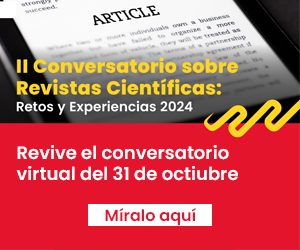Post-COVID-19 cognitive decline: definitions, pathophysiology, symptomatology and treatments
DOI:
https://doi.org/10.20453/rnp.v86i4.5181Keywords:
cognitive dysfunction, post-acute COVID-19, SARS-CoV-2, neuropsychiatryAbstract
The objective of this review is to describe, in accordance with the current literature, the demographic-clinical characteristics, pharmacological and non-pharmacological treatments in the cognitive changes developed after infection by the SARS-CoV-2. Method, we conducted a non-systematic search in MEDLINE (PubMed) with the aim of finding bibliography including original studies describing current concepts in clinical definitions, pathophysiology, clinical features and therapeutic strategies. Utilizing MeSH terminology, including articles published since 2020. Results, associated risk factors of cognitive decline include female sex, chronic diseases, smoking, and history of hospitalization. Frequently affected cognitive domains are memory, attention, and executive function. Less commonly, language and visuospatial function is reported. Functional and structural imaging has demonstrated anatomical correlations with cognitive symptoms. Current pharmacological strategies lack enough evidence in terms of efficacy and effectiveness to design therapeutic guidelines. Cognitive rehabilitation and psychotherapy have demonstrated some benefits improving the cognitive decline and neuropsychiatric symptoms. Conclusions, characterization of post-COVID-19 syndromes definitions and clinical features is improving. However, the current level of evidence is insufficient for the development of treatment guidelines specific for cognitive decline. An interdisciplinary approach including cognitive rehabilitation, drugs, neuromodulation and other therapies could improve the outcome.
Downloads
Downloads
Published
How to Cite
Issue
Section
License
Copyright (c) 2023 Ramiro Ruiz-García

This work is licensed under a Creative Commons Attribution-NonCommercial 4.0 International License.















 RNP is distributed under a
RNP is distributed under a 